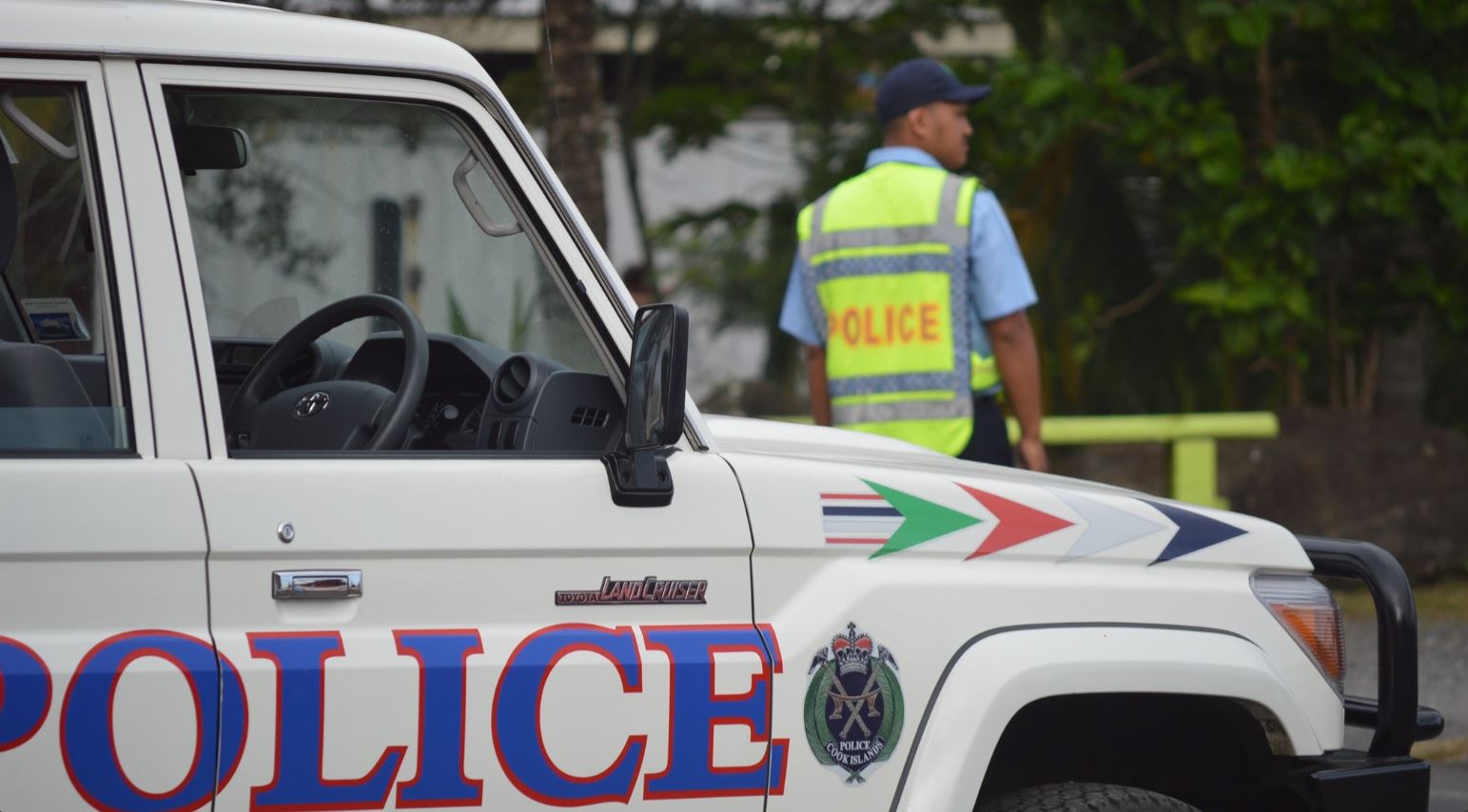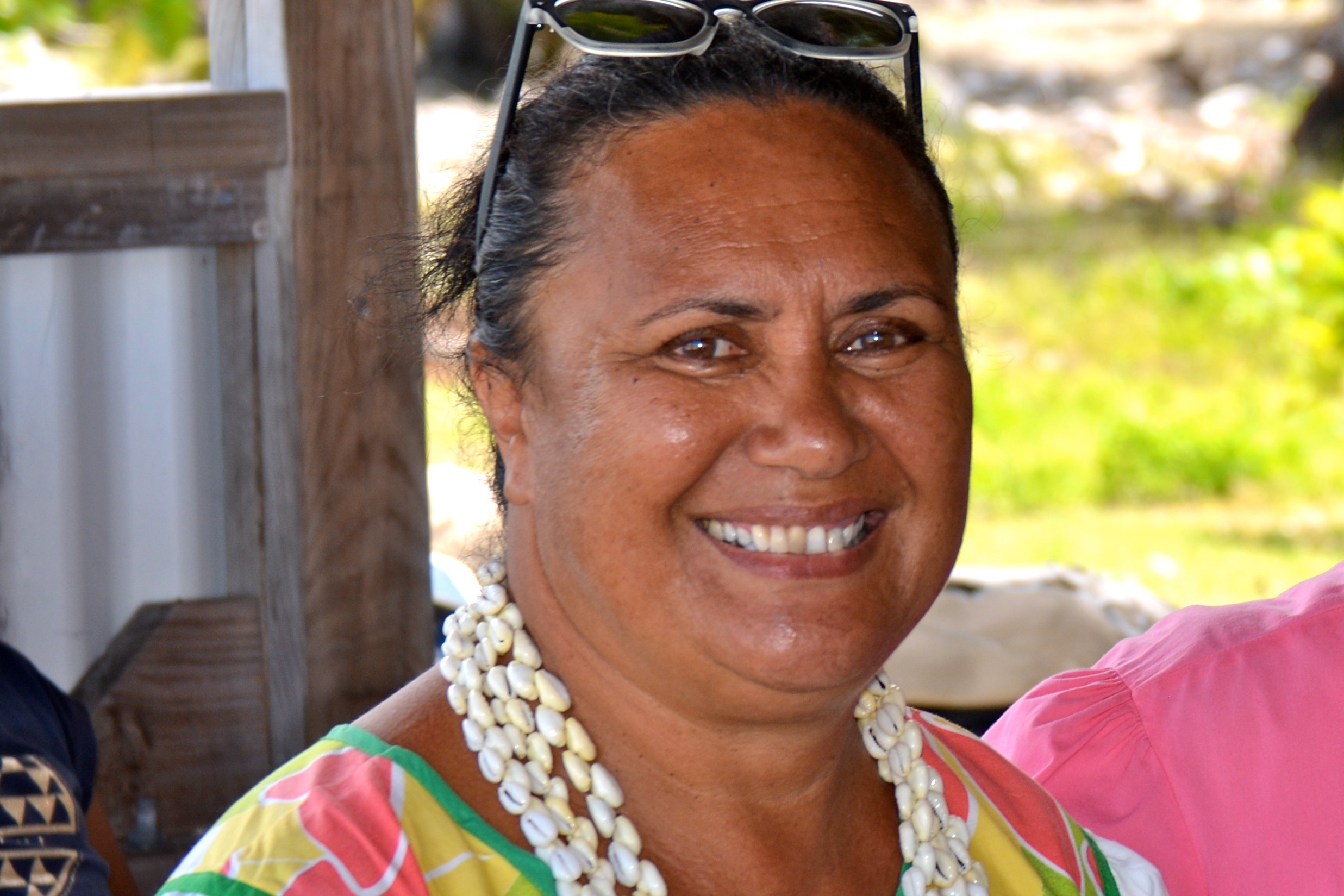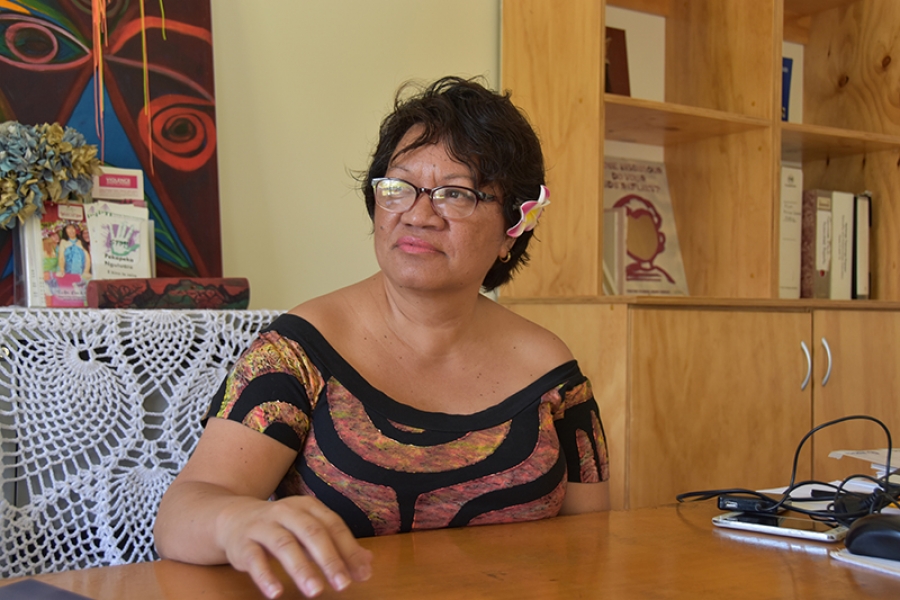TONGA – Cyclone Gita’s trail of destruction has exposed poor building standards in Tonga
Many in Tonga face an uncertain future after thir homes and businesses were destroyed.
Some families have been sleeping in cars since the cyclone hit, many others have taken refuge in churches.
On the night Cyclone Gita tore through thier island, Finau Afeaki and her mother Suliana made a last minute decision to flee their home with just a few clothes.
The roof of their verandah lifted during the category four storm, tearing the roof and ceiling off half the house. Rain poured in and wind tore though cabinets. The whole house flooded and the women’s belongings were extensively damaged.
Tears flow as they inspected the damage the morning after Gita. “It was coming home and seeing the hard work of your family,” Finau said.
“Cause you know that every piece of timber here and every nail was paid for and worked for by a family member. By my father. To see it just ripped up is heart breaking. Very heart breaking.”
Finau, 36, grew up in Tonga, but moved to the United States with her family in the early 90s. She returned with her parents in 2007 to build their dream house on the edge of the lagoon.
Her father died two years ago. A prized photo of Finau with her dad was one of the only items salvaged from the home before it was destroyed.
Their home was modern and made of concrete.
They’d boarded up its windows in preparation and had expected it would withstand Gita’s rage.
But the lack of building knowledge in Tonga meant it still lacked basic features that could have made it cyclone-proofed it.
Logistics advisor for the National Emergency Management Office, Graham Kenna, said that while building standards “di exist” in Tonga, they were rarely followed or enforced.
“People build what they can afford, so the buildings are poor because they are poor,” he said.
The annual average income is around $7600 and many Tongans live by subsistence agriculture alone.
Nevertheless, Kenna said that with better knowledge of construction, stronger houses could be built within Tongan means. Building practices in Vanuatu and Fiji that were proven to help structures withstand cyclones weren’t seen here – that knowledge was what the government needed to push.
Many Tongan roofs, the Afeakis included, were held down solely with nails that popped out when strong winds lifted the corrugated iron.
Metal strapping, lots of it, was needed to fasten them securely.
Kenna explained how pressure builds up inside houses during cyclones and needs an escape vent on the leeward side – something Fijian homes have but Tongan doesn’t.
Across Tonga, white emergency shelter tents are mushrooming next to obliterated homes – just piles of corrugated iron with pigs, chickens, and children picking their way over them.
Houses without roofs are commonplace; buildings with partly peeled-off roofs are almost ubiquitous.
The tents are being distributed by aid organisations and sleep up to 15. They are part of an initial aid drop-off, along with hygiene kits, bottled water and blankets.
Thousands of people were still sleeping in the churches that safely sheltered them during the storm. Mormon churches especially are built to strict codes designed to weather cyclones.
Finau knew that many families on the island had lost even more than hers, though that’s a fact she finds devastating in itself.
Like most of the country, the Afeakis don’t have insurance but do have extensive family networks. Families pulling together is what Tonga is all about, she says.
Despite the destruction, Tongan resilience – which Finau says she is “so proud” of her countrymen for showing – is quickly reasserting itself.
“I guess home is where your loved ones are, so as long as mum and I are good – we’re fine.”
New Zealand builders Franky Bourke and his nephew Bailey made sure they were on the first flight out of New Zealand to Tonga after the cyclone. Their first port of call was Bourke’s sister Joanna, who weathered the cyclone alone in her home east of the capital.
Joanna’s house – a blue brick bungalow – came through unscathed. Bourke attributed this to it being built “strictly” to New Zealand standards, something he had vigilantly overseen during its construction.
After clearing the family property of uprooted trees and other people’s disintegrated sheds, he has got involved in coordinating the rebuild of four schools.
“They’re just destroyed – roof’s gone, walls gone, books gone, desks gone,” he said. “And you see the students there trying to dry out their books because they can’t afford new ones.”
Bourke said the cyclone’s mass destruction could be seen as an opportunity for the Tongan government to enforce better building standards during the nation’s rebuild.
He agreed that education was key to a sustainable rebuild. And that a lack of money was the barrier to it.
Building materials and equipment, as well as builders would need to be brought in from overseas.
“At the end of the day, someone has to pay; we’re going to need millions,” he said.
He said that at the very least poorer Tongans needed to know what to expect from their simple construction methods – and get shown how minor changes could make a huge difference during cyclones like Gita.
Finau and Suliana Afeaki are determined to rebuild their house. Suliana believes they will have to take the whole roof off and start from scratch, as the current design “clearly, obviously” can’t be trusted in a cyclone.
“One thing we’ve learned from this storm is that it’s not worth chancing it,” she said. “We want to be really, really ready next time.”
The women also put out an SOS call to the Tongan diaspora: “To any of the Tongans out there who have those skills – electrical, plumbing, construction and building – if they were able to come home, that would be so much a help.” - Stuff

















































